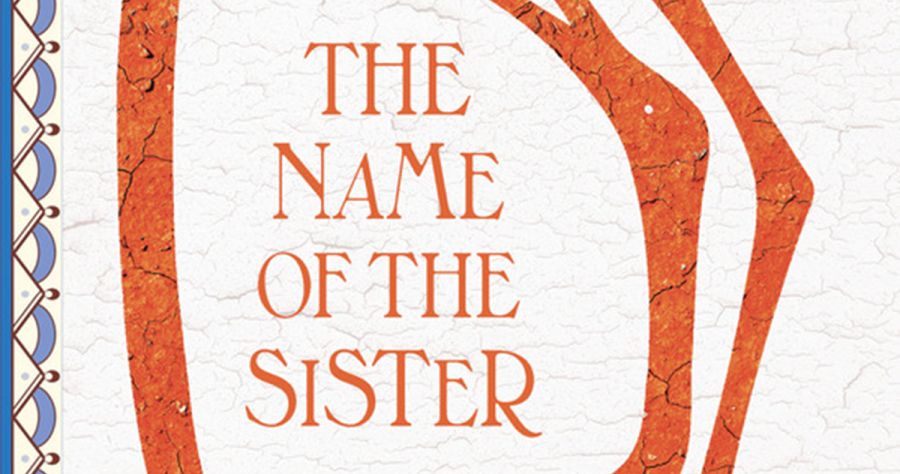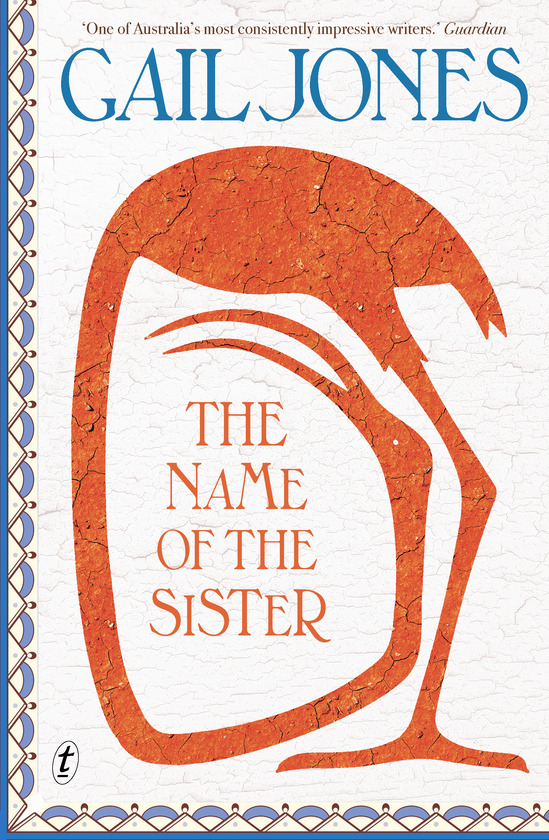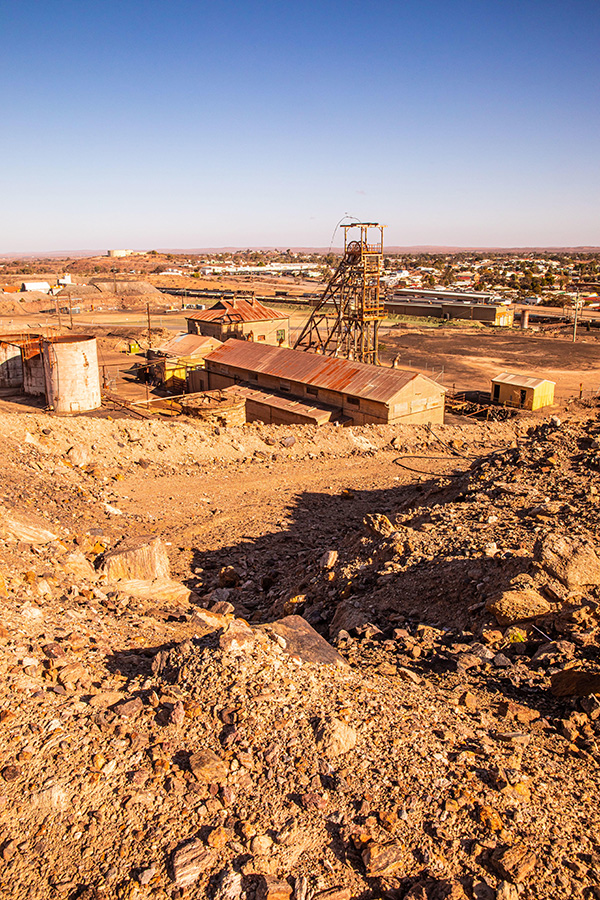
- Free Article: No
- Contents Category: Fiction
- Review Article: Yes
- Article Title: Suffering complications
- Article Subtitle: A novel excavating all meaning
- Online Only: No
- Custom Highlight Text:
An unknown woman – traumatised, amnesiac, unable to speak – is found just north of Broken Hill in western New South Wales. Who she is and what happened to her is the question that drives Gail Jones’s twelfth novel, The Name of the Sister.
- Book 1 Title: The Name of the Sister
- Book 1 Biblio: Text Publishing, $34.99 pb, 198 pp
- Book 1 Cover Small (400 x 600):

- Book 1 Cover (800 x 1200):

- Book 1 Readings Link: https://www.readings.com.au/product/9781923058538/the-name-of-the-sister--gail-jones--2025--9781923058538#rac:jokjjzr6ly9m
Angie and her husband Sam are childless after ten years of trying; the relationship is ‘suffering complications’. Although the cause of their increasing sense of disconnection is difficult to discern, he is clearly resentful that she gave up stable employment to go freelance. He is a high-school English teacher and directing a school production of Hamlet.
This novel is divided into five parts. Part One reads like a roll call of ‘Missing Persons’ as Angie meets with one person after another who claim that the unknown woman, designated Jane, is their long-missing sister, daughter, lover. Each meeting is brief, and most of these characters never reappear, but the reader is privy to the ‘vast range of losses, solemnities, crazy projections’.
Part Two opens as Jane is identified. She is a German woman, Hannah, and her parents fly to Sydney to take her home – ‘the discovery of their daughter had been a reclamation of family, but a confirmation of ubiquitous damage’. The mystery of what happened to Hannah remains and occupies the final half of the novel.
Part Three is mostly set in Broken Hill, on the lands of the Wilyakali people. Bev has been moved there to continue the investigation – to the resentment of the local cops – and Angie joins her. Early in the novel, when the idea for the story ‘declares itself’, the narrator states, ‘the quest for answers was itself old-fashioned and Angie felt uncomfortable entering the genres of “true-crime”… not really her thing’. I wonder if Jones felt the same discomfort; although the novel frequently disavows the genre, it also plays with it, especially in Part Four, when Angie investigates abandoned mine sites around Broken Hill in an effort to solve the crime. Part Five traces the aftermath.
 The mine at Broken Hill, 2019 (Graham Jepson/Alamy)
The mine at Broken Hill, 2019 (Graham Jepson/Alamy)
As always, when reading a Jones novel, one relishes the beauty of the language and the insights it offers. The Name of the Sister addresses the broader concerns of Jones’s work: the nature of truth, the ways in which meaning is made (including through silence and intuition), the disjuncture between our inner and outer lives, how little we can ever know, the inadequacy of language in capturing truth, how stories compete and jostle, and the mystery of connection and disconnection. In its focus on the devastation left by the mining industry, and in its concern with sisters and families, this latest novel is reminiscent of Our Shadows (2020).
The Name of the Sister also explores the power of story, although its conclusions remain elusive. References to the literary abound. Angie’s literary knowledge unlocks the mystery of Hannah’s disappearance. At one point, Sam is reading a thriller that is ‘cynical in all its aspects, had taken her husband far from complex feeling’. Soon after, one of the teenagers in Sam’s production commits suicide after rehearsing Hamlet’s ‘to be, or not to be’ speech, and John Bunyan’s seventeenth-century Pilgrim’s Progress is linked to a crazy form of religious zealotry. The literary both saves and destroys – Jacques Derrida’s pharmakon – and is especially dangerous for the deluded or confused, who search for answers in great works. But the point seems heavy-handed.
Jones’s decision to include the character Merle, an Indigenous Liaison Officer, and Merle’s retelling of the story of Marnpi, the creator bird of Wilyakali lore, felt almost tokenistic. At the same time, I concede that it is an ongoing challenge for settler writers to respectfully integrate First Nations perspectives and Jones has been at the forefront of this ethical project in Australian literary culture for decades.
The Name of the Sister seems laden with meaning and import but I struggled to work out what these were and how they might fit together. At times, it reads as if it is trying to be about everything, earnestly excavating all possible meanings. Angie’s drive to find significance infects the novel but the substance of that meaning is insufficiently explored so that, for this reader, it came to mean not much at all. It is a novel, moreover, with many allusions, not all of them worn lightly. For these reasons, the whole seems less than the sum of its parts. But a Jones novel is always a welcome addition to the Australian literary landscape. There is much beauty and many small gems in this novel – it was just difficult to know which ones were worth holding on to.


Comments powered by CComment